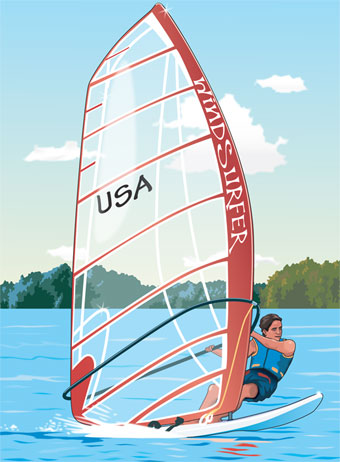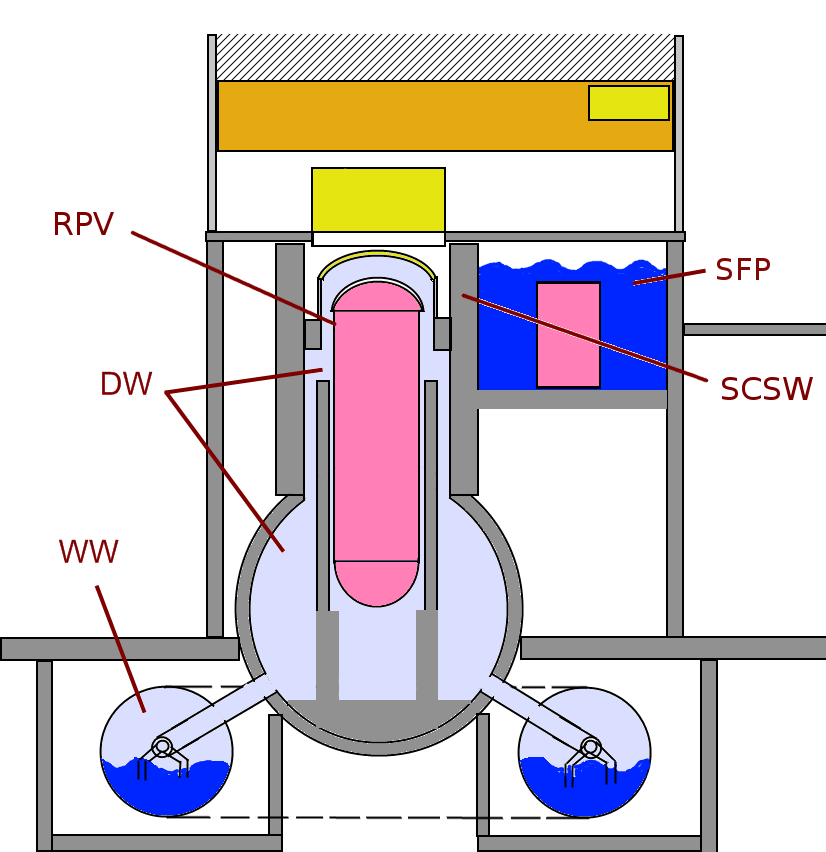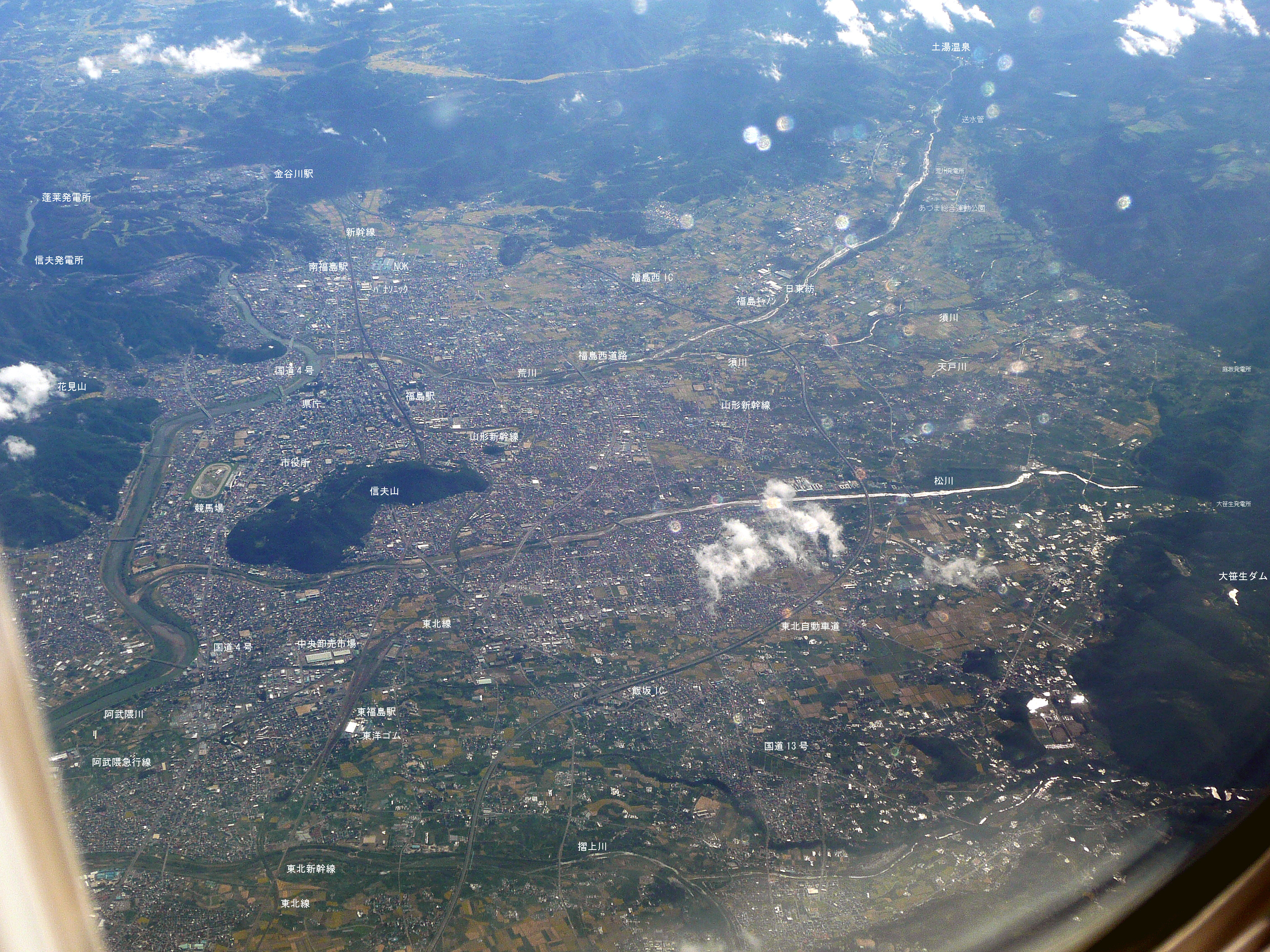|
2015 World Scout Jamboree
The took place in Kirarahama, Yamaguchi in western Japan from 28 July to 8 August 2015. The event was attended by 33,628 Scouts and leaders (including 7,979 International Service Team (IST) members who served as volunteer staff). The theme was ''和 Wa: A Spirit of Unity''. The kanji 和, meaning harmony, unity or togetherness, was part of the theme. '' Wa'' is also an early name for Japan. Site The Jamboree site is a flat land with an area of 2.8 km north to south by 1 km east to west. There is a natural park on the site, where wildlife living on Kirarahama is preserved. Millions of wild birds visit Kirarahama every year. In addition, the site is equipped with water supply and sewage systems, as well as a sports dome and a swimming pool that were used for programs. Especially for the 23rd WSJ, two supermarkets, a hospital and an arena were temporarily erected. Access to the site is easy by airplanes and Shinkansen bullet trains. The site is located 30 minutes fr ... [...More Info...] [...Related Items...] OR: [Wikipedia] [Google] [Baidu] |
Shin-Yamaguchi Station
is a railway station operated by West Japan Railway Company (JR West) in Yamaguchi, Yamaguchi, and is a stopping point for the Sanyō Shinkansen and the Sanyō Main Line, and serves as termini of Yamaguchi Line and Ube Line. It is also the starting station of the rapid sightseeing train ''SL Yamaguchi'' steam train on the Yamaguchi Line. Layout The station has nine regular tracks (for the Sanyō Main Line, the Yamaguchi Line and the Ube Line) and two Shinkansen tracks. Three local tracks are located on the north side of the station, and the Shinkansen tracks are elevated and located on the south side of the station. Each of the platforms is connected by an overpass at end of the station. Platforms Adjacent stations Some ''Nozomi'', ''Mizuho'', ''Hikari'', and ''Sakura'' Shinkansen services pass through this station without stopping. History * December 3, 1900: Sanyō Railway opens Ogōri Station * December 1, 1906: Station is transferred to Japanese Gove ... [...More Info...] [...Related Items...] OR: [Wikipedia] [Google] [Baidu] |
Real Japan
The culture of Japan has changed greatly over the millennia, from the country's prehistoric Jōmon period, to its contemporary modern culture, which absorbs influences from Asia and other regions of the world. Historical overview The ancestry of Japanese people remains mysterious; however, there are two competing hypotheses that try to explain the lineage of the Japanese people. The first hypothesis proposes a dual-structure model, in which Japanese populations are descendants of the indigenous Jomon people and later arrivals of people from the East Eurasian continent, known as the Yayoi people. Japan, Japan's indigenous culture originates primarily from the Yayoi people who settled in Japan between 1000 BCE and 300 CE. Yayoi culture spread to the main island of Honshū, mixing with the native Jōmon culture. Modern Japanese have an estimated 80% Yayoi and 20% Jōmon ancestry. The second hypothesis posits a tripartite model of genomic origin. This hypothesis proposes that ... [...More Info...] [...Related Items...] OR: [Wikipedia] [Google] [Baidu] |
Wind Surfing
Windsurfing is a wind propelled water sport that is a combination of sailing and surfing. It is also referred to as "sailboarding" and "boardsailing", and emerged in the late 1960s from the aerospace and surf culture of California. Windsurfing gained a popular following across Europe and North America by the late 1970s and had achieved significant global popularity by the 1980s. Windsurfing became an olympic sport in 1984. Newer variants include windfoiling, kiteboarding and wingfoiling. Hydrofoil fins under the board allow the boards to safely lift out of the water and fly silently and smoothly above the surface even in lighter winds. Windsurfing is a recreational, family friendly sport, most popular at flat water locations around the world that offer safety and accessibility for beginner and intermediate participants. Technique and equipment have evolved over the years Major competitive disciplines include slalom, wave and freestyle. Increasingly, "foiling" is replacing tradi ... [...More Info...] [...Related Items...] OR: [Wikipedia] [Google] [Baidu] |
João Armando Gonçalves
João Armando Pereira Gonçalves, ComIH of Figueira da Foz, Portugal (born 19 September 1963) is the former chairperson of the World Scout Committee, the main executive body of the World Organization of the Scout Movement. He was a member of the European Scout Committee for a period of six years, elected in 2004 and again in 2007, and was elected to the World Scout Committee at the 39th World Scout Conference in Brazil in January 2011. He was re-elected to the committee at the 40th World Scout Conference in Ljubljana, Slovenia in 2014. Gonçalves started in his local Scout group in 1976, and is a member of the Corpo Nacional de Escutas – Escutismo Católico Português of the Federação Escotista de Portugal. He participated in the 1995 World Jamboree in the Netherlands, took office in the National Team of the CNE in 2000 as the national commissioner of the Rover branch (Caminheiros), and served as director of the first Roverway, held in Portugal in 2003. Later he was insta ... [...More Info...] [...Related Items...] OR: [Wikipedia] [Google] [Baidu] |
World Scout Committee
The World Organization of the Scout Movement (WOSM ) is the largest international Scouting organization. WOSM has 173 members. These members are recognized national Scout organizations, which collectively have around 43 million participants. WOSM was established in 1922, and has its operational headquarters at Kuala Lumpur, Malaysia and its legal seat in Geneva, Switzerland. It is the counterpart of the World Association of Girl Guides and Girl Scouts (WAGGGS). The WOSM's current stated mission is "to contribute to the education of young people, through a value system based on the Scout Promise and Scout Law, to help build a better world where people are self-fulfilled as individuals and play a constructive role in society". WOSM is organized into regions and operates with a conference, committee and bureau. The WOSM is associated with three World Scout Centres. The World Scout Jamboree is held roughly every four years under the auspices of the WOSM, with members of WAGGGS also ... [...More Info...] [...Related Items...] OR: [Wikipedia] [Google] [Baidu] |
Tsugumasa Muraoka
is a Japanese politician and the current governor of Yamaguchi Prefecture is a Prefectures of Japan, prefecture of Japan located in the Chūgoku region of Honshu. Yamaguchi Prefecture has a population of 1,377,631 (1 February 2018) and has a geographic area of 6,112 Square kilometre, km2 (2,359 Square mile, sq mi). Y ... in Japan. He was first elected in 2014, and re-elected in 2018. References {{DEFAULTSORT:Muraoka, Tsugumasa 1972 births Living people People from Yamaguchi Prefecture University of Tokyo alumni Governors of Yamaguchi Prefecture ... [...More Info...] [...Related Items...] OR: [Wikipedia] [Google] [Baidu] |
Yamaguchi Prefecture
is a Prefectures of Japan, prefecture of Japan located in the Chūgoku region of Honshu. Yamaguchi Prefecture has a population of 1,377,631 (1 February 2018) and has a geographic area of 6,112 Square kilometre, km2 (2,359 Square mile, sq mi). Yamaguchi Prefecture borders Shimane Prefecture to the north and Hiroshima Prefecture to the northeast. Yamaguchi (city), Yamaguchi is the capital and Shimonoseki is the largest city of Yamaguchi Prefecture, with other major cities including Ube, Yamaguchi, Ube, Shūnan, and Iwakuni. Yamaguchi Prefecture is located at the western tip of Honshu with coastlines on the Sea of Japan and Seto Inland Sea, and separated from the island of Kyushu by the Kanmon Straits. History Yamaguchi Prefecture was created by the merger of the provinces of Suō Province, Suō and Nagato Province, Nagato. During the rise of the samurai class during the Heian period, Heian and Kamakura period, Kamakura Periods (794–1333), the Ouchi family of Suō Province a ... [...More Info...] [...Related Items...] OR: [Wikipedia] [Google] [Baidu] |
23rd World Scout Jamboree Theme
Third or 3rd may refer to: Numbers * 3rd, the ordinal form of the cardinal number 3 * , a fraction of one third * 1⁄60 of a ''second'', or 1⁄3600 of a ''minute'' Places * 3rd Street (other) * Third Avenue (other) * Highway 3 Music Music theory *Interval number of three in a musical interval **major third, a third spanning four semitones **minor third, a third encompassing three half steps, or semitones **neutral third, wider than a minor third but narrower than a major third **augmented third, an interval of five semitones **diminished third, produced by narrowing a minor third by a chromatic semitone *Third (chord), chord member a third above the root *Degree (music), three away from tonic **mediant, third degree of the diatonic scale **submediant, sixth degree of the diatonic scale – three steps below the tonic **chromatic mediant, chromatic relationship by thirds *Ladder of thirds, similar to the circle of fifths Albums *''Third/Sister Lovers'', a ... [...More Info...] [...Related Items...] OR: [Wikipedia] [Google] [Baidu] |
Fukushima Daiichi Nuclear Disaster
The was a nuclear accident in 2011 at the Fukushima Daiichi Nuclear Power Plant in Ōkuma, Fukushima, Japan. The proximate cause of the disaster was the 2011 Tōhoku earthquake and tsunami, which occurred on the afternoon of 11 March 2011 and remains the most powerful earthquake ever recorded in Japan. The earthquake triggered a powerful tsunami, with 13–14-meter-high waves damaging the nuclear power plant's emergency diesel generators, leading to a loss of electric power. The result was the most severe nuclear accident since the Chernobyl disaster in 1986, classified as level seven on the International Nuclear Event Scale (INES) after initially being classified as level five, and thus joining Chernobyl as the only other accident to receive such classification. While the 1957 explosion at the Mayak facility was the second worst by radioactivity released, the INES ranks incidents by impact on population, so Chernobyl (335,000 people evacuated) and Fukushima (154,000 evacuate ... [...More Info...] [...Related Items...] OR: [Wikipedia] [Google] [Baidu] |
Fukushima, Fukushima
is the capital city of Fukushima Prefecture, Japan. It is located in the northern part of the Nakadōri, central region of the prefecture. , the city has an estimated population of 283,742 in 122,130 households and a population density of . The total area of the city is . The present-day city of Fukushima partially consists of most of the former Shinobu and Date Districts and a portion of the former Adachi District. The city is located in the Fukushima Basin's southwest area and nearby mountains. There are many onsen on the outskirts of the city, including the resort areas of Iizaka Onsen, Takayu Onsen, and Tsuchiyu Onsen. Fukushima is also the location of the Fukushima Race Course, the only Japan Racing Association horse racing track in the Tōhoku region of Japan. Geography Fukushima is located in the central northeast section of Fukushima Prefecture, approximately east of Lake Inawashiro, north of Tokyo, and about south of Sendai. It lies between the Ōu Mountains ... [...More Info...] [...Related Items...] OR: [Wikipedia] [Google] [Baidu] |
Japanese Government
The Government of Japan consists of legislative, executive and judiciary branches and is based on popular sovereignty. The Government runs under the framework established by the Constitution of Japan, adopted in 1947. It is a unitary state, containing forty-seven administrative divisions, with the Emperor as its Head of State. His role is ceremonial and he has no powers related to Government. Instead, it is the Cabinet, comprising the Ministers of State and the Prime Minister, that directs and controls the Government and the civil service. The Cabinet has the executive power and is formed by the Prime Minister, who is the Head of Government. The Prime Minister is nominated by the National Diet and appointed to office by the Emperor. The National Diet is the legislature, the organ of the Legislative branch. It is bicameral, consisting of two houses with the House of Councilors being the upper house, and the House of Representatives being the lower house. Its members are direc ... [...More Info...] [...Related Items...] OR: [Wikipedia] [Google] [Baidu] |




